If you can’t seem to find the expiration date on your shampoo or sunscreen, use this overview as guidance.
Our bathroom drawers and shelves are lined with toiletries of all kinds: sunscreens, deodorants, shampoos and conditioners, lotions, and make-up products. But did you know that these products have a shelf life, just like the items in your pantry? Many products have an expiration date on the bottle, but unfortunately, some don’t. If you can’t seem to find the expiration date on your shampoo or sunscreen, use this overview for guidance.
Sunscreens and lotions
Sunscreen is one product you definitely don’t want to mess around with. Putting an old, expired sunscreen on your body may mean it’s lost its effectiveness – and the result could be a painful sunburn! Since sunscreens are an important part of our health, they should include an expiration date somewhere on the bottle. In fact, Laura Williams says that since sunscreen includes SPF, the U.
S. Food and Drug Administration requires manufacturers to put the expiration date on the bottle. Typically an open bottle of sunscreen can last six to 12 months – but don’t stretch it much longer than that! “As tempting as it may be to go ahead and keep using the tube of sunscreen from last year, the SPF can degrade over time, making it less effective,” says Williams. Face and body lotions can last for a much longer time – anywhere from one to three years. The best way to get the most bang for your buck is to purchase lotions in squeeze or pump bottles to minimize the transfer of bacteria from your hands to the product.
Beauty products
It’s extremely important to keep track of expiration dates for the cosmetics and make-up products that you put on your face. These items are a breeding ground for bacteria, which can affect your health. Paula Begoun says that using products past their expiration date could result in skin irritation, rashes, blemishes and various skin or eye infections.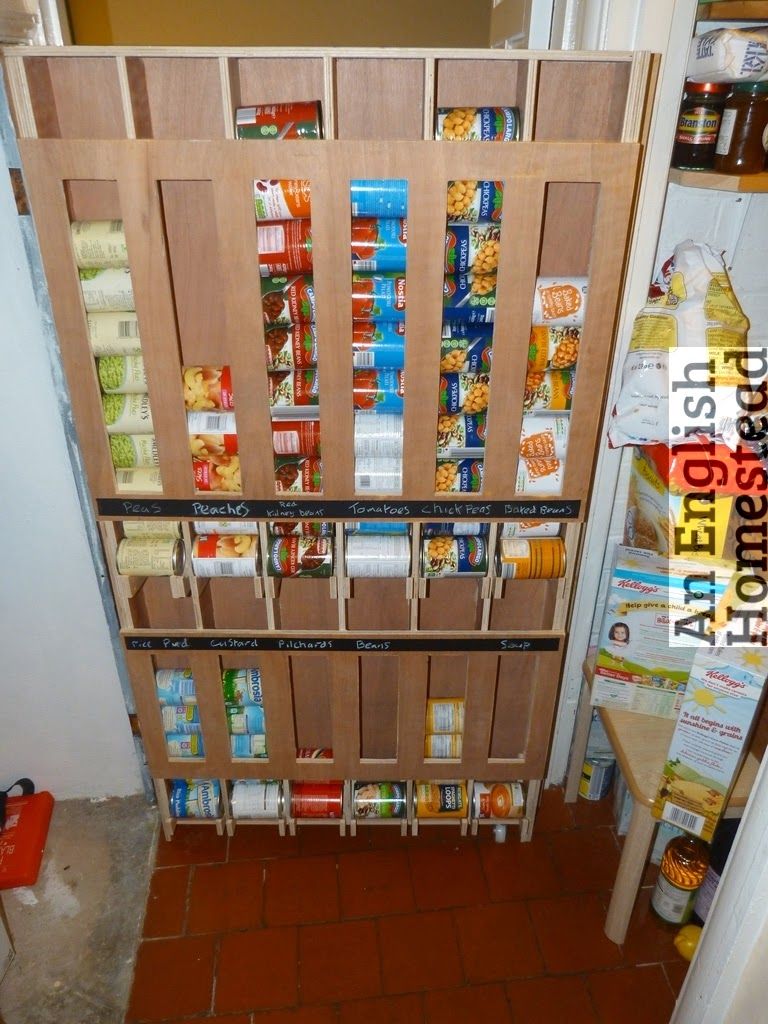 “Know when to let go,” Begoun stresses. “If you’re hanging on to your skincare or makeup past its expiration date, chances are microbes and bacteria have taken their toll and might be causing skin problems you’re trying to solve!” If there’s not an expiration date listed on the package, make note of when you open the product and go by that date. Use a sharpie marker to write the date you open it on the product to help you remember. Eye products have one of the shortest shelf lives – and since they are applied around your eye, you definitely don’t want to mess with this! Mascara and eyeliners should be tossed every four to six months. Foundations and concealers should be replaced every six months to a year; powder-based products every two to three years; and lipsticks, lip glosses and lip pencils every two to three years. Begoun advises that these dates are just guidelines. “If it smells funky, looks gunky or the texture has changed significantly – definitely toss it out!” she says. “Watch (or sniff) for any new odors, as smell is one of the first qualities to change when a formula has expired.
“Know when to let go,” Begoun stresses. “If you’re hanging on to your skincare or makeup past its expiration date, chances are microbes and bacteria have taken their toll and might be causing skin problems you’re trying to solve!” If there’s not an expiration date listed on the package, make note of when you open the product and go by that date. Use a sharpie marker to write the date you open it on the product to help you remember. Eye products have one of the shortest shelf lives – and since they are applied around your eye, you definitely don’t want to mess with this! Mascara and eyeliners should be tossed every four to six months. Foundations and concealers should be replaced every six months to a year; powder-based products every two to three years; and lipsticks, lip glosses and lip pencils every two to three years. Begoun advises that these dates are just guidelines. “If it smells funky, looks gunky or the texture has changed significantly – definitely toss it out!” she says. “Watch (or sniff) for any new odors, as smell is one of the first qualities to change when a formula has expired.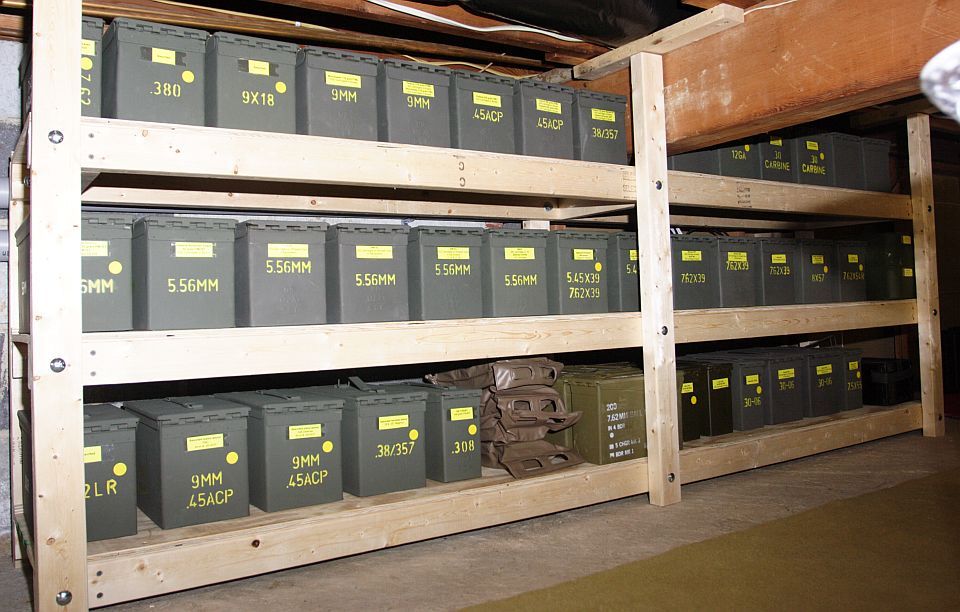 ”
”
Shampoos and conditioners
Shampoos and conditioners have a fairly long shelf life – three years for unopened bottles and 18 months for opened bottles. Anything after that and your product may have lost its effectiveness – it may not de-frizz like you wanted, add moisture like you wished for, or remove dandruff like you needed… Worse case scenario is you could get a scalp infection from the bacteria that gets into the bottle over a long period of time. Jyl Craven says to increase your shampoo or conditioner’s shelf life, store them in a cool, dark place when not being used, and buy products that are in spray containers or tubes. “The less chance oxygen or water droplets have to get inside to hurt the product the longer your stuff will last,” she says.
It’s easy to get overwhelmed when it comes to the expiration dates for all of your toiletries. Perhaps the best way to keep it under control is to minimize the amount you have. No one truly needs 25 mascaras, lipsticks or lotions.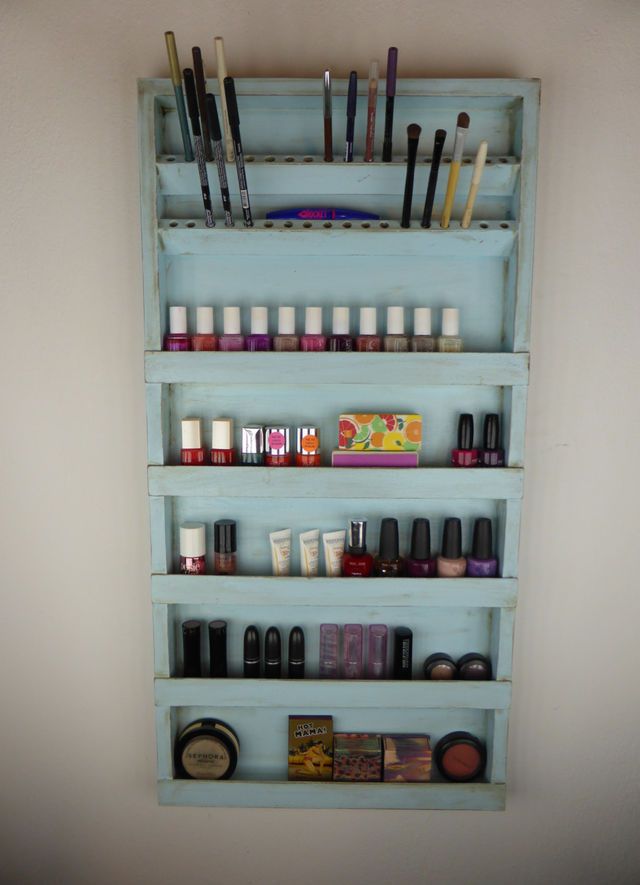 Try to keep your collection to your favorite two or three products, and you’ll never have to worry about the products expiring and affecting your health.
Try to keep your collection to your favorite two or three products, and you’ll never have to worry about the products expiring and affecting your health.
Rent storage near you at the right price. We'll show you what size storage unit you need, rent you a moving truck and more. We make self storage simple!
Avoid premature spoilage by following this comprehensive guide to keeping your food fresh in your refrigerator. Learning basic storage techniques will help to keep your family’s food supply safe and healthy.
If you really think about it, a fridge isn’t just a huge box in your kitchen that keeps things cool. It’s a high-tech device that uses intelligent controls and programming to ensure that its humidity levels, light, and temperature stay at an optimal level for storing food.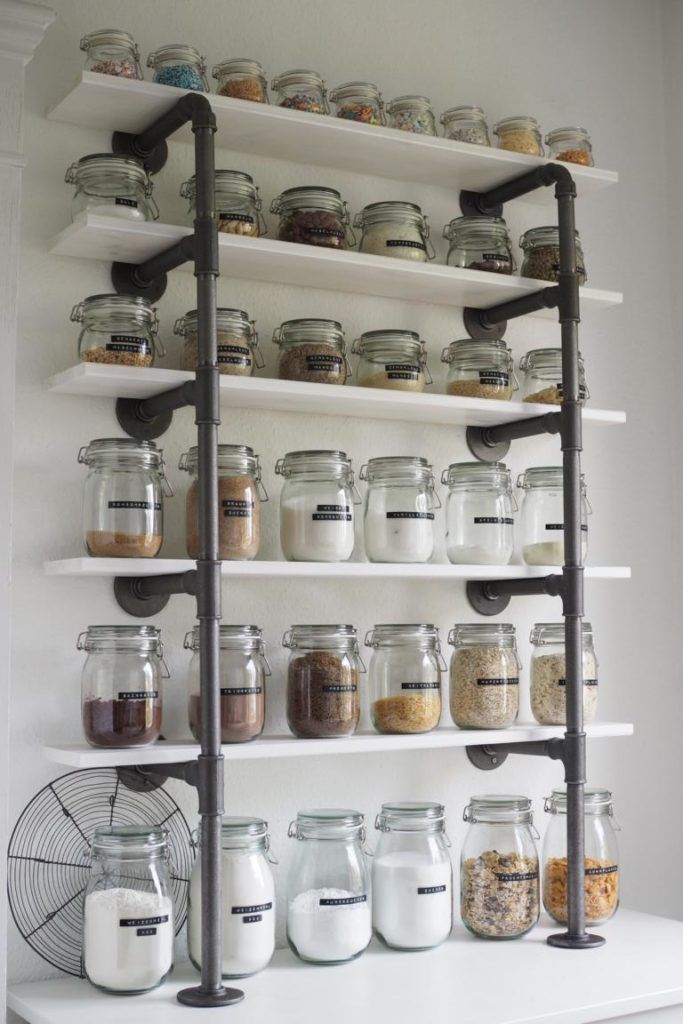 Pretty cool, right?
Pretty cool, right?
Did you know: Learning how to store different types of foods in specific areas of the fridge can help you preserve your food’s unique nutrients, plus ensure that everything in your fridge stays fresher for longer. It’s also important to take your food storage methods seriously since it can help reduce the risk of odors, contamination, bacteria, and other unpleasant food-related issues.
Ready to take your food storage game to the next level? Here’s a complete guide to everything you need to know about properly storing food in the refrigerator:
First things first, the optimal temperature for storing food in the refrigerator is below 40 degrees Fahrenheit. For many different types of foods, this cooler temperature can inhibit the growth of bacteria and help your food stay safer for longer periods of time.
Placing a food thermometer in the fridge can ensure the right temperature is always maintained while also acting as a check against any digital readout provided by the fridge itself. Simply place it on the second shelf from the top to ensure that the readout is accurate. Should the temperature rise, you can lower the temperature on the fridge or get the refrigerator checked by a technician.
Simply place it on the second shelf from the top to ensure that the readout is accurate. Should the temperature rise, you can lower the temperature on the fridge or get the refrigerator checked by a technician.
One of the biggest mistakes people make is stuffing the fridge too full. When foods, takeout boxes, or containers block the airflow, the refrigerator works harder to cool everything. This unevenness often leaves certain areas of the fridge warmer than others, which can be dangerous and lead to certain foods going bad or rotting.
Ideally, you’ll want to keep all the food in your refrigerator separated by about half an inch. This ensures that air can flow between the fridge spaces and maintain an even temperature throughout. Don’t place any food items against the back or sides of the fridge, either!
For optimal food storage and safety, the refrigerator should be cleaned as it gets dirty, but a full cleaning of the sides of the fridge once every three months is recommended. To do this, take all the trays out of the refrigerator and clean them with hot, soapy water.
To do this, take all the trays out of the refrigerator and clean them with hot, soapy water.
Because many shelves have double-walled glass, it’s important to avoid soaking shelves in water for long periods of time. If water gets in between the glass, it can promote mold and mildew growth, which can be especially dangerous near food items.
Instead, use diluted bleach to adequately kill any lingering bacteria. A good ratio is about one tablespoon of bleach for every gallon of water.
Finally, keep the refrigerator smelling fresh with an open box of baking soda on the second or third shelf. Write the date on the box, and replace it every one to three months.
As you probably already know, there are several compartments in a typical refrigerator. But you might be left wondering: What food goes on what shelf in the fridge? Does it matter?
Understanding how each refrigerator compartment functions and regulates temperature can make it easier to find the right place for each kind of food in your grocery haul.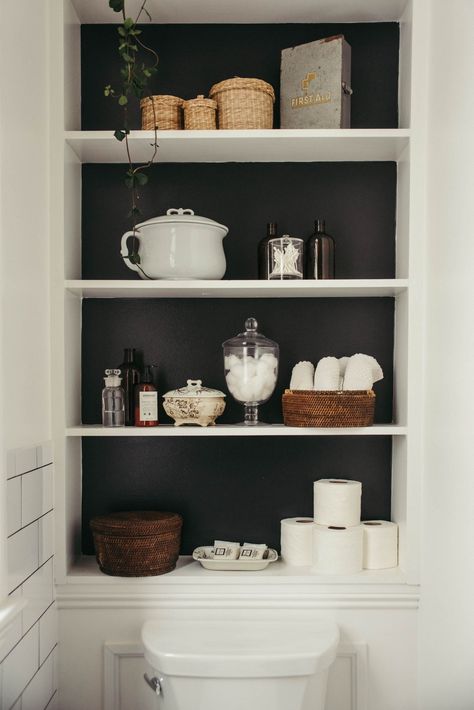 To help you get started, we’ve broken down each section of a typical fridge and provided a few helpful tips on how to organize your groceries accordingly:
To help you get started, we’ve broken down each section of a typical fridge and provided a few helpful tips on how to organize your groceries accordingly:
The main compartment of your refrigerator is where the bulk of the food is stored, and there are typically several shelves.
The lower shelves are ideal for storing raw meat, dairy, and eggs because the temperature tends to be coldest in this fridge area. The only exception would be if the fridge has a dedicated drawer for these items— in that case, it’s best to store them there since the drawers are specifically designed to maintain a consistent temperature.
On the other hand, your fridge’s top shelves are great for storing things like leftovers, prepared meals, and drinks of all kinds. Herbs can also go on the top shelves to keep them easily accessible, as they are typically used more often than other items. The upper shelves of a typical refrigerator tend to have the most consistent temperature, which is good for preventing foods that spoil quickly from going bad.
The upper shelves of a typical refrigerator tend to have the most consistent temperature, which is good for preventing foods that spoil quickly from going bad.
Most modern refrigerators have food storage sections inside the door (or doors) for convenience. Some fridges may even have pullout drawers that keep foods available and accessible without even opening the main door!
Regardless of your fridge’s specific features, the refrigerator doors are best used for foods that are best enjoyed cold. Non-perishable items like drinks, some condiments, water, and other items that don’t easily spoil should be placed here.
It’s common to want to store milk in your refrigerator door for convenience or even to save on space in the main compartment. But in reality, you shouldn’t store perishable foods like milk here because the temperature is often unstable. This is also true of the shelving inside the fridge doors. These shelves don’t maintain a consistent temperature and are often warmer than the rest of the fridge.
These shelves don’t maintain a consistent temperature and are often warmer than the rest of the fridge.
If you have a refrigerator with separate drawers towards the middle or bottom, this is where all your fruits and vegetables should get stored. As you’re putting your groceries away, it’s best to avoid putting any meat with your fruits and vegetables inside these drawers since storing them together can create an increased risk of cross-contamination.
Generally, you should be okay to store food items on top of your fridge— with a few exceptions, of course. People often store items on top of their fridges, and it can be super helpful if you’ve got a small kitchen with little to no space for dry food storage.
If you’re utilizing the space on top of your fridge, placing appliances, cookbooks, and other non-food items is perfectly fine. Just make sure you never place items like wine, bread, or coffee here, since the heat from the fridge can cause them to spoil.
Now that you’ve got your groceries organized and put away in your fridge let’s talk about long-term food storage and safety. Specifically, we’ll go over the best ways to store (and reheat) foods like meat, dairy, and even leftovers in the fridge.
Right off the bat, it bears mentioning that it’s not possible to make unsafe meat safe to eat. This means that it’s important to only reheat food once. Always place any uneaten portions in the refrigerator right away. When food is cooked to the right temperature, it kills bacteria and potential pathogens.
Raw meat, fish, and poultry provide some of the refrigerator’s greatest hazards to one’s health.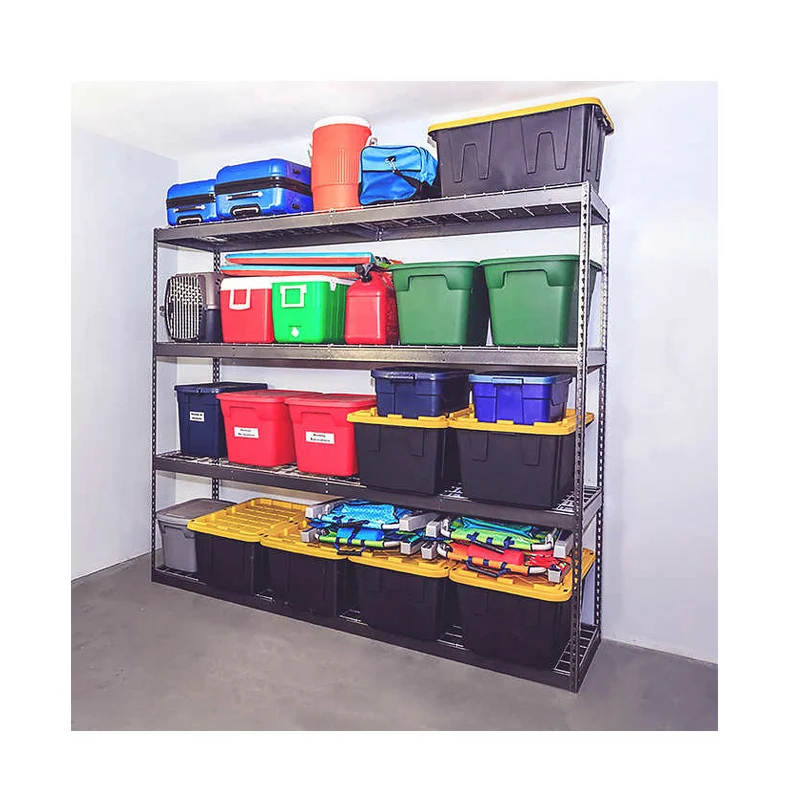 For best results, place these items in sealable containers or a plate underneath them to ensure that any juices don’t escape. For that same reason, don’t unwrap food that has already been wrapped at the store until it’s ready to be used. Re-wrapping food that isn’t yet ready for cooking exposes it to potential bacteria and can make it unsafe to eat when it is time to be cooked. Place these foods near the bottom of the refrigerator since it’s the coolest and darkest portion of most units.
For best results, place these items in sealable containers or a plate underneath them to ensure that any juices don’t escape. For that same reason, don’t unwrap food that has already been wrapped at the store until it’s ready to be used. Re-wrapping food that isn’t yet ready for cooking exposes it to potential bacteria and can make it unsafe to eat when it is time to be cooked. Place these foods near the bottom of the refrigerator since it’s the coolest and darkest portion of most units.
As long as you’re planning to cook it within the next few days, meat, fish, and poultry should keep for a while, provided the refrigerator temperature stays below 40 degrees Fahrenheit. A few general food storage guidelines include:
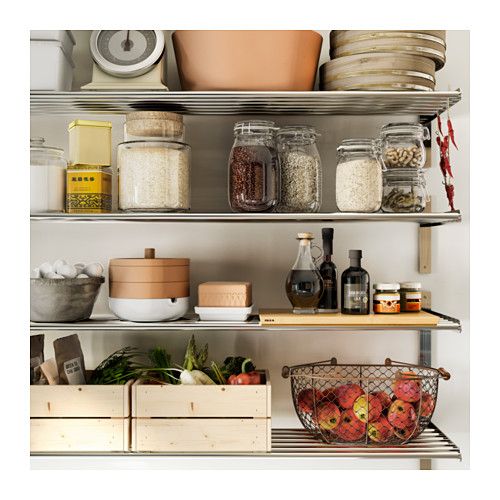
If meat isn’t used within a few days, it should be placed in a freezer bag with as much air removed from the bag as possible. Then, place the bags in the freezer for use at a later time.
Using a vacuum-sealed bag doesn’t prolong the life of the meat in the refrigerator, though. Bacteria already exists in meat, poultry, and fish, and sealing the bacteria in does nothing to prevent it from growing. It may prevent the introduction of new bacteria, but it’s important to still follow the spoilage schedule to prevent unsafe conditions. Write the date that the food was acquired on the bag to ensure that it’s thrown away when too old.
To thaw a turkey or other meat product from a frozen state in the fridge, follow the guideline of letting it thaw for 24 hours for every four to five pounds. This means that a pound of meat should be thawed for about four hours before it’s ready to be cooked. Once the food thaws, it can be treated as fresh food and may be kept in the fridge using the schedule for raw meats.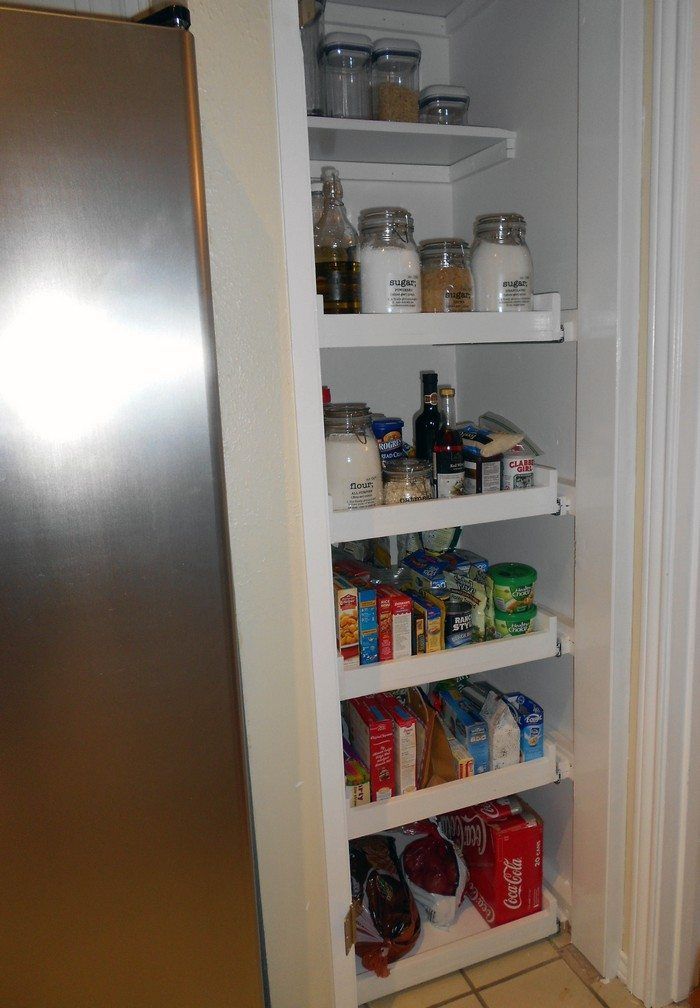
When putting away your dairy items after a shopping trip, it’s best to keep it simple and straightforward. There is no need to remove dairy products from their original wrappings. Simply keep your milk, cottage cheese, and other dairy products sealed tightly in the fridge. Once an item has been removed from its packaging, don’t return it. Instead, use plastic wrap or an airtight container to seal the food again.
Similarly, hard cheese should be kept in the original store packaging until it’s used. Once the cheese is removed from the wrapping, store it in wax paper, loose plastic, or foil. Because cheese needs to breathe, don’t worry about wrapping it too tightly. Wax paper is a good choice because it protects the cheese from the surrounding air while still allowing it to breathe a bit.
It’s also best to purchase milk in glass bottles or in a gallon, since bacteria can begin to form at the spout of a cardboard box. However, as long as the milk is used before the expiration date, it should be fine to drink.
Many fridges come with a crisper drawer or a drawer designed specifically for fruits and vegetables, so be sure to use this drawer if it’s available. It’s okay to mix vegetables and fruits together, but since fruits and vegetables give off different gasses, it’s best to keep similar foods together. For example, don’t mix apples with carrots or oranges with spinach. Try to keep each different type of vegetable in a different drawer.
Fruits and vegetables need to be able to breathe and let off gasses. However, if the gasses get trapped, the food will rot faster. That’s why you should always use breathable bags or place vegetables in bags that aren’t sealed to ensure an optimal lifespan.
Did you know: Some fruits are actually better off purchased frozen if they are not currently in season. The belief that nutrients are lost in the freezing process and that all fruits and vegetables should be purchased fresh is not true.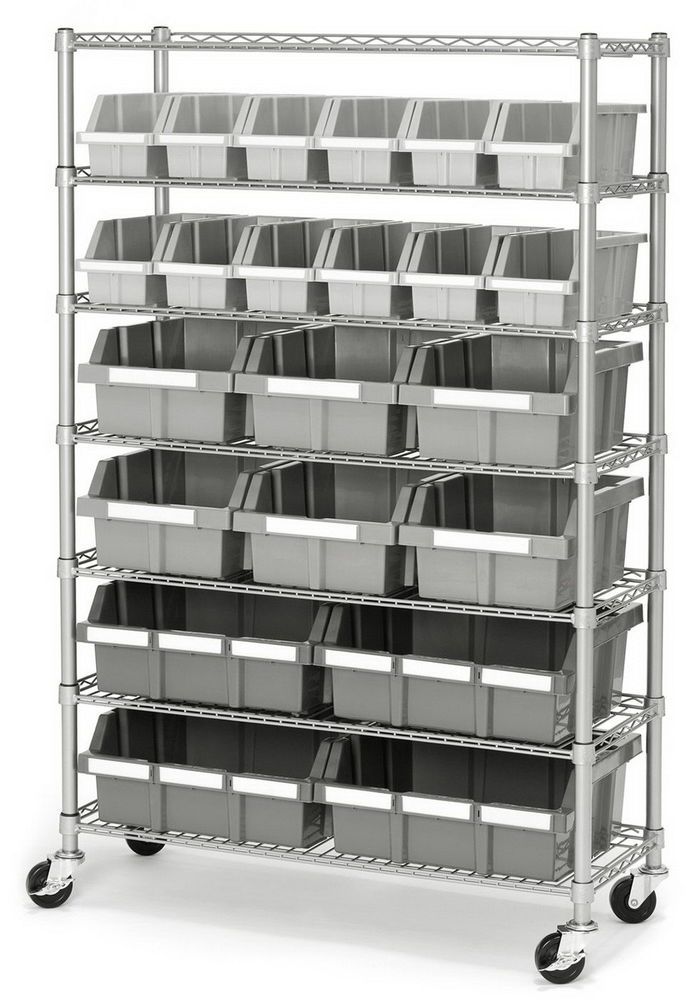 This is because frozen foods are typically picked at the optimal time when the nutrients are highest. Then, during the freezing process, the nutrients are locked in. Seek out flash-frozen fruits and vegetables, as other methods can result in nutrient loss.
This is because frozen foods are typically picked at the optimal time when the nutrients are highest. Then, during the freezing process, the nutrients are locked in. Seek out flash-frozen fruits and vegetables, as other methods can result in nutrient loss.
It may feel helpful at the moment but avoid the temptation to wash any produce before storing it since moisture is the death of vegetables. When using food storage bags, it’s helpful to place a paper towel around the vegetables to help capture moisture. If no bag is used, then lay down a few paper towels in the drawer to ensure that they stay fresh and free of moisture.
Some fruits and vegetables that don’t do well in the fridge include bananas, tomatoes, potatoes, onions, and squash. Hang bananas when you can, and avoid breaking the stem when pulling one off. This helps to ensure the bananas are kept fresh longer. Potatoes, onions, and squash are best stored in a cool, dark place like a cupboard. Avocados can be placed in the fridge to slow the ripening process, but leaving them out on the counter is also fine.
Potatoes, onions, and squash are best stored in a cool, dark place like a cupboard. Avocados can be placed in the fridge to slow the ripening process, but leaving them out on the counter is also fine.
As we mentioned earlier, leftovers should be stored on the top shelves of the fridge because this is where the most consistent temperature is maintained. In addition, there are a few other guidelines for storing and using your leftovers to maintain optimal freshness and avoid the growth of bacteria.
Leftovers should be stored in airtight containers as much as possible. This helps secure any leftovers to prevent odors from entering the rest of the fridge and contaminating your other foods.
Pro tip: Break up any leftovers into smaller containers instead of placing everything into one large container. This cools the leftovers more quickly. While most bacteria are killed during cooking, some may still remain. It’s okay to eat small amounts in most cases, but this also means that there is potential for the bacteria to grow if left at room temperature.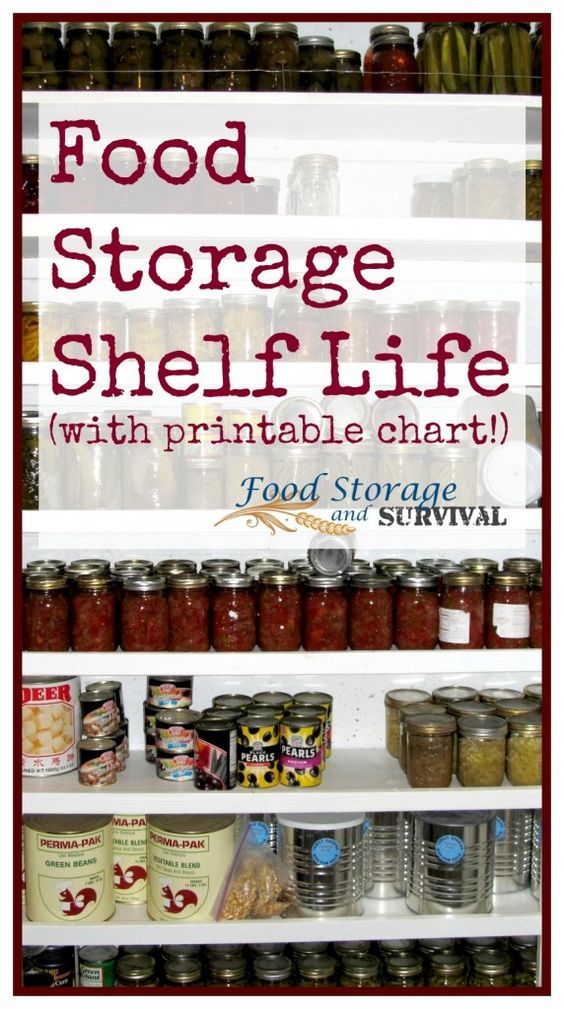 Smaller food storage containers result in faster cooling of leftovers.
Smaller food storage containers result in faster cooling of leftovers.
While cooling leftovers prior to storing them in the fridge helps combat bacteria growth, you don’t need to wait for leftovers to fully cool down before placing them in the fridge for the night. Other foods placed below the top shelf won’t see much of a fluctuation in temperature, and within an hour or two, the temperature of the hot foods should be the same as in the refrigerator.
Finally, it’s important to leave space between any leftovers. This will ensure that the leftovers cool down properly and good airflow is maintained throughout the refrigerator. Put prepared foods into the fridge as soon as possible, and don’t leave food items out on the counter longer than two hours.
As a general rule of thumb, fresh pasta should always be refrigerated. However, dried pasta does not belong in the fridge, but in an airtight container in the pantry.
Loaves of bread don’t need to be refrigerated, but the cooler environment can help prevent them from developing mold. This is especially true for people who live in a humid environment. The conditions of the refrigerator are controlled, and the cooling mechanism helps to remove some of the humidity from the air.
Blocks of butter and margarine do not need to be left in the fridge. It’s perfectly fine to leave butter on a tray with a cover. However, some butter may begin to separate when it’s not refrigerated, so it’s not a bad idea to keep butter on one of the outside shelves of the refrigerator to help maintain the flavor and taste.
Beer can be kept in the refrigerator if you want to keep it chilled and ready for drinking. Fun fact: Adding additional cold liquids like beer to the fridge can also help reduce your energy costs by providing a buffer against changing temperatures.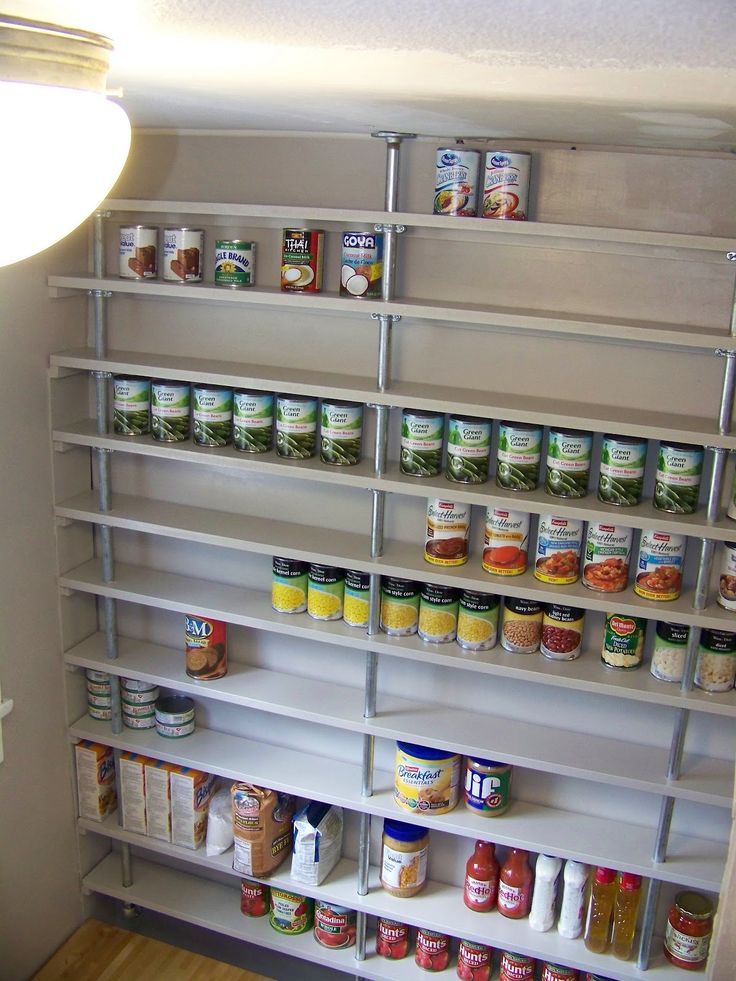
White wines and drinks like Sangria can be kept in the fridge as well, but 40 degrees Fahrenheit is a bit too cold for most wines. It’s better to get a dedicated wine cooler that keeps wine at a temperature of around 55 degrees Fahrenheit, the ideal temperature for most wines.
Vodka and spirits that consist of 40 percent alcohol or higher can be kept in the freezer since the alcohol prevents the contents from freezing over. However, keeping these items in the fridge makes more sense to maintain their unique flavor profiles.
Irish cream and drinks like Kahlua don’t need to be placed in the refrigerator. The alcohol helps preserve the milk and cream, but it doesn’t hurt to keep it in the refrigerator on a side shelf if there is room. Most of these drinks are typically served cold anyway, so keeping them in the fridge makes sense.
If you’re struggling with finding the best ways to store food in your fridge, hopefully, this guide gave you some helpful tips & tricks to spark some inspiration.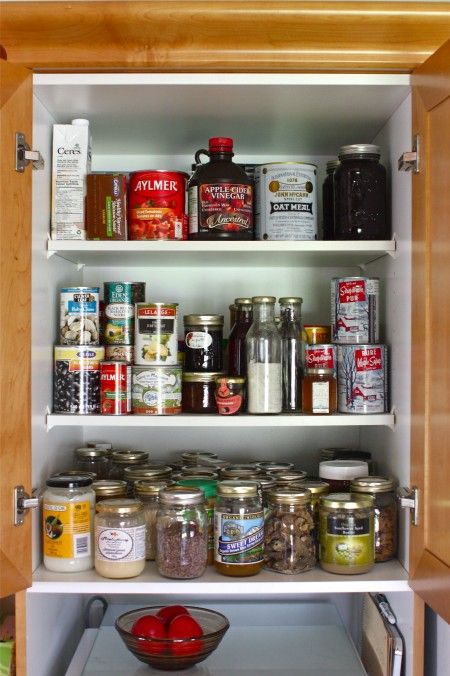
Food storage can be tricky, especially if you’re working with limited space. But with careful planning and time spent organizing your fridge, you can make your life a lot easier when grocery day rolls around.
Did you find this post helpful? Be sure to bookmark it for easy access to reference later!
This post was first published on 2/7/2017, was revised on 5/6/2019, and was updated on 10/13/2022 to provide new information.
home » Healthy » Storage of cakes and pastries
Cakes and pastries with cream should be stored between +2°C and +6°C, and the shelf life depends on the ingredients they are made from. At higher temperatures, their shelf life will be significantly reduced.
Least of all, at a temperature of +2 to + 6 ° C, you can store cakes and pastries with whipped cream and whipped sour cream, their shelf life is only 6 hours.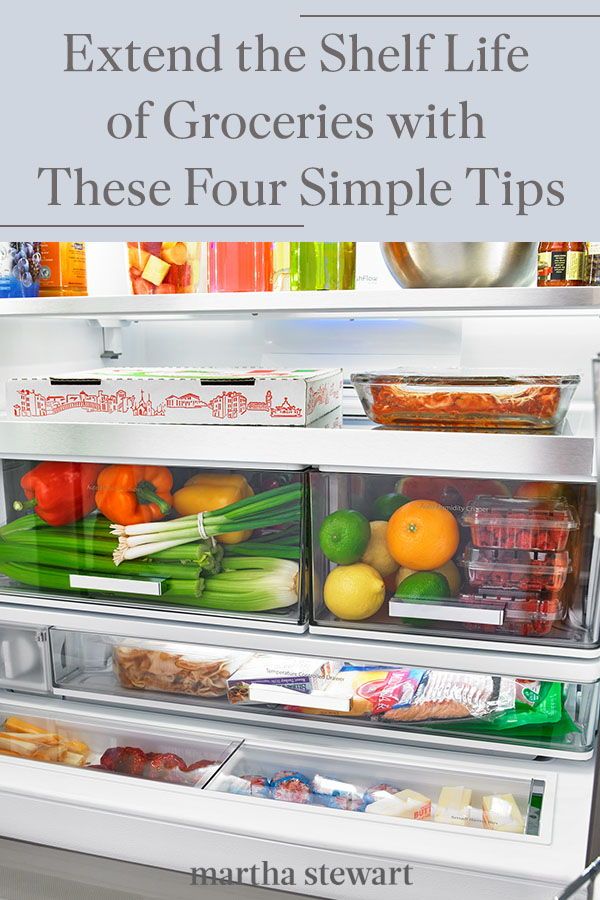 If the cake or pastries contain custard, butter, curd cream or a mixture of these creams, then the shelf life of such products is 18 hours from the date of manufacture. Cakes and pastries stuffed with yogurt, sweet cream cheese, candied fruits and poppy seeds have a shelf life of 36 hours, like the Potato cake. Products filled with fruit and berries, jelly, soufflé or whipped protein filling can be stored for up to 72 hours, provided that they do not contain butter or other perishable cream. If there is cream, then the shelf life of such cakes or pastries is reduced to 18 hours, and if the cake is covered with whipped cream - up to 6 hours.
If the cake or pastries contain custard, butter, curd cream or a mixture of these creams, then the shelf life of such products is 18 hours from the date of manufacture. Cakes and pastries stuffed with yogurt, sweet cream cheese, candied fruits and poppy seeds have a shelf life of 36 hours, like the Potato cake. Products filled with fruit and berries, jelly, soufflé or whipped protein filling can be stored for up to 72 hours, provided that they do not contain butter or other perishable cream. If there is cream, then the shelf life of such cakes or pastries is reduced to 18 hours, and if the cake is covered with whipped cream - up to 6 hours.
Cakes and pastries with whipped cream of vegetable origin can be stored for up to 5 days.
The shelf life of cakes and pastries may be somewhat longer if the cream contains preservatives. For example, a cake with butter cream, which contains sorbic acid, can be stored for 36 hours at temperatures up to +20 degrees and as much as 120 hours in the refrigerator or in a pastry display case.
Dry cakes based on wafers and chocolate, biscuit and meringue cakes can be stored at room temperature, but it should be borne in mind that these products keep better when cool. The shelf life and storage conditions are affected by the degree of fat content of the chocolate used for icing or filling: the fatter the chocolate, the less the product can be stored with it. Cakes and pastries decorated with fatty chocolate, even if they do not have a perishable filling, are best placed in a refrigerator or display case in hot weather, as the chocolate can melt and then the products will lose their attractive appearance.
Cakes and pastries can be stored together with other confectionery and desserts, but their storage with meat products, cheeses, fish and other products, especially those with a pungent odor, is unacceptable.
Since cakes and pastries are often bought because they are tempted by their appetizing appearance, or they are purchased as a gift, often choosing the most beautiful products, the design of the showcase is important. Commercial equipment should emphasize and demonstrate the external advantages of cakes and pastries as well as possible, which is why showcases are often used for them, in which all four walls are glass, and which can be placed in the center of the trading floor - in such products, cakes and pastries can be viewed from all sides. Compact tabletop display cases are also well suited for displaying cakes and small cakes.
Commercial equipment should emphasize and demonstrate the external advantages of cakes and pastries as well as possible, which is why showcases are often used for them, in which all four walls are glass, and which can be placed in the center of the trading floor - in such products, cakes and pastries can be viewed from all sides. Compact tabletop display cases are also well suited for displaying cakes and small cakes.
Illumination of the display case with a "cold" light can make cakes and pastries less attractive , so it is preferable to store them in a display case with pure white or yellowish lighting.
Butter is used for cooking, used in sandwiches and used in baking. Any product is stored for a certain period and the oil is no exception, if the conditions are not met, it will quickly deteriorate and lose its taste. In our article, we will tell you how to properly store the product, determine the shelf life of butter according to GOST, and talk about the conditions.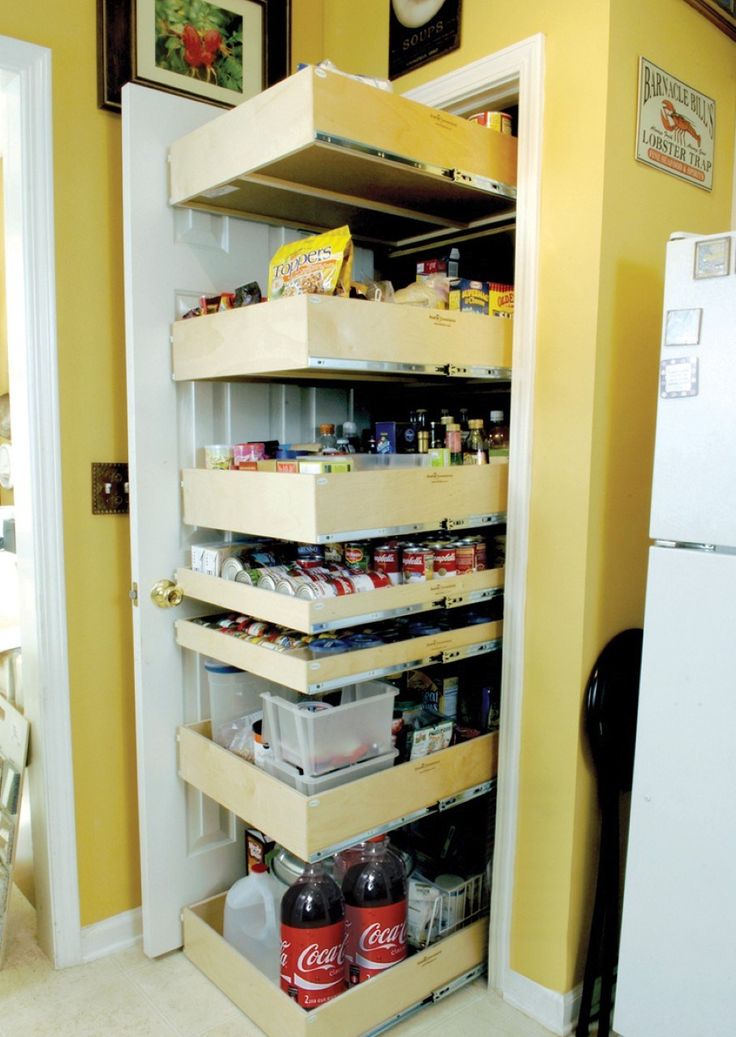
Storage periods are specified in GOST 32261-2013, and they depend primarily on temperature, type of packaging and product type.
Butter can be sweet-cream and sour-cream, each type is divided into salted and unsalted subspecies. We will not delve into the intricacies of production, we will only note that the basis for the manufacture of the sweet variety is pure cream, and the main condition for sour cream products is the presence of lactic acid bacteria.
Preservation is affected by the following conditions:
Based on the information provided on temperature, it becomes clear that storing butter in the refrigerator is the best option. If we consider options without a refrigerator, then this can be done on the balcony or on the street, but only in the cold season.
Cellars and cellars are not quite suitable places; oil can be stored here, but not for long, including due to high humidity.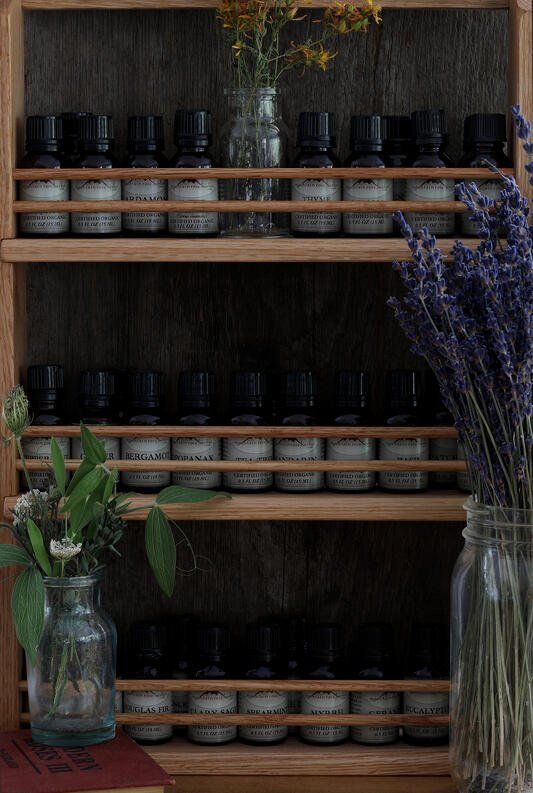
Temperature according to GOST - from +5 0 C to -18 0 C, the product can be stored in several types of packaging, depending on this, the terms also depend. For a piece weighing more than 50 g, the storage time is:

If we consider the terms for packaging up to 50 g, then they are reduced by 2 times: a 40-gram piece packed in foil at a temperature from -14 0 C to -18 0 C is guaranteed not to deteriorate within 60 days, versus 120 days for kilo packs.
Consider the shelf life depending on the fat content, we will analyze the usual oil of different fat content, as well as the ghee and oil paste. We analyze products that are stored in leaky polymer containers at temperatures from -3 0 C to -6 0 C. The data are presented in the table.
| Type, fat content | Terms, days |
| Oil paste up to 40% fat | 30 |
| Oil 40-49% | 50 |
| 50-59% | 50 |
| 60-69% | 60 |
| 72.5-79% | 60 |
| 80-85% | 60 |
| Ghee | 60 |
The table shows that the higher the fat content, the longer the implementation and storage time.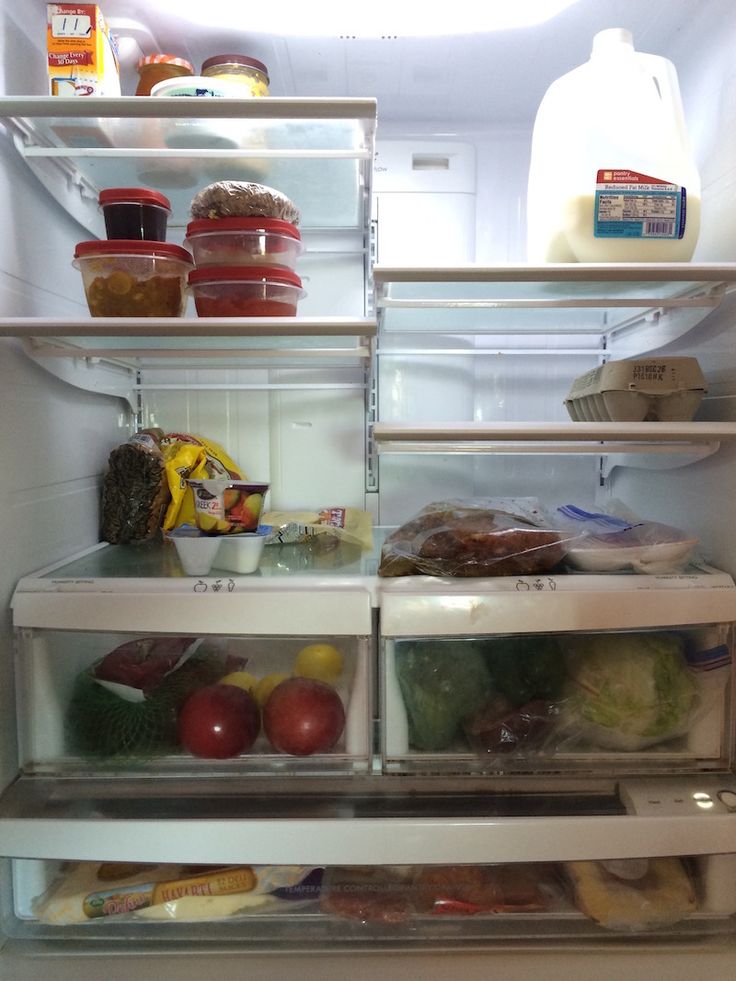
There are technologists at the factory or in the store who know how to store butter, are aware of the requirements of SanPiN and GOST, have the necessary equipment for this, high-quality freezers, etc.
We would like to give some advice on how to store oil at home.
Keep in mind that there are no better storage places than refrigerators, so use them. We have already talked about temperature and shelf life above, but there are other nuances.
When buying a large piece, put most of it in the freezer, and cut off small pieces in the refrigerator - the shelf life at zero and at -18 0 C is very different.
Do not store oil in the side compartments, when the door is opened, it will be constantly blown with warm air, which will reduce its shelf life.
Many people wonder how long butter can be stored in the freezer. We answer - for a long time. Temperature in the freezer - from -16 0 C to -18 0 C, frozen butter will keep for 4 months under these conditions. Then it will not spoil, but will begin to lose its taste.
Then it will not spoil, but will begin to lose its taste.
At room temperature, the shelf life is no more than 12 hours, if you have not eaten it, then return to the refrigerator and use within 2 days. And finally, we want to say that if you feel even a remotely spoiled taste in oil, then promptly use it, not only for spreading sandwiches, but for cooking dishes with heat treatment - cottage cheese, casseroles, etc.
Trade House "Milk-West" sells fresh butter from Russian and Belarusian manufacturers in small and large wholesale. Low prices, quality assurance and delivery in Moscow and the regions make cooperation with us profitable. Contact us, we always focus on the interests of partners.
Sweet cream butter 82.5% Velen 180g Sarmich
Sweet cream butter 82.5% Velen 250g Sarmich
Sweet cream butter Sarmich 82% Velgren
Sweet cream butter 82% "Velen" GOST 180g "Sarmich"
Sweet cream butter "Milkavita" ultra-pasteurized 82.